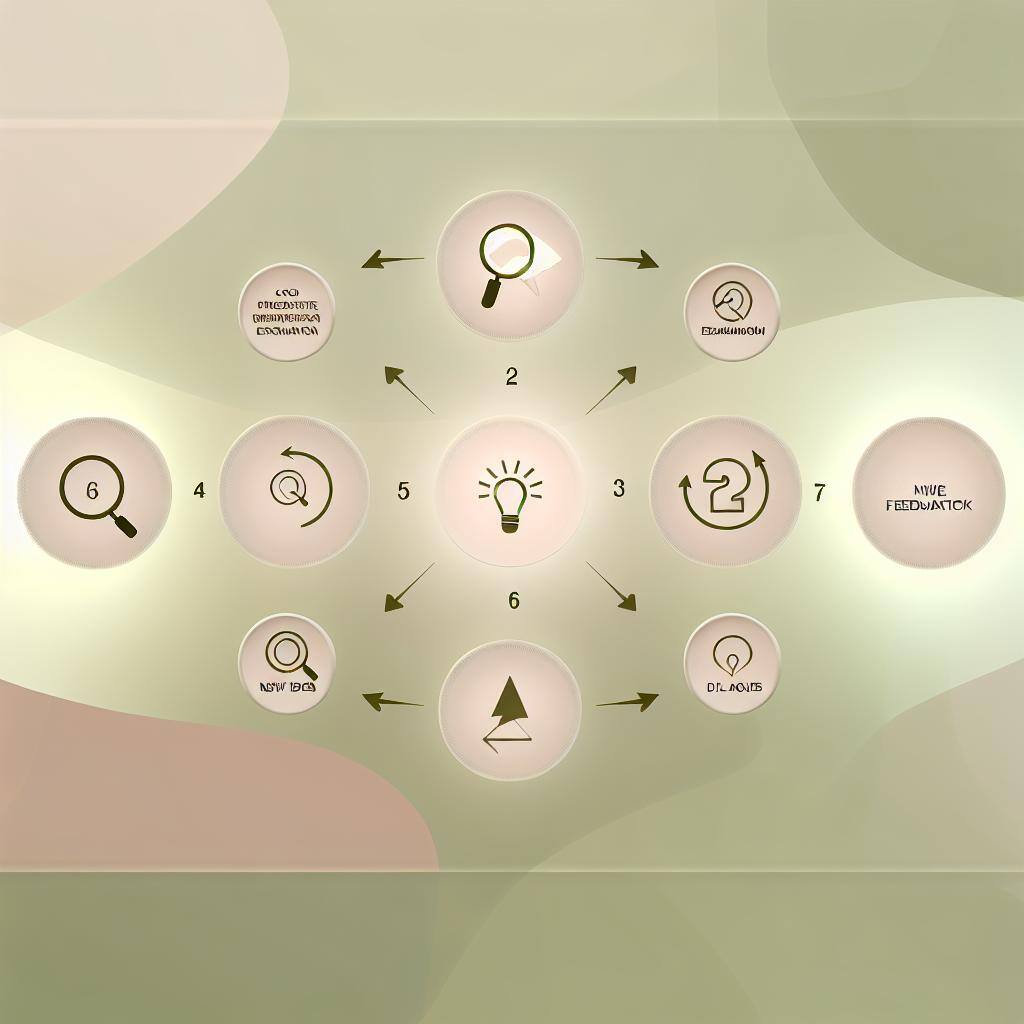
Effective feedback can transform teaching and enhance student learning. For educators aiming to make a meaningful impact, this post provides practical insights on delivering timely, specific, and constructive feedback. Positive reinforcement, self-reflection, and diverse feedback methods cater to different learning styles. Emphasizing the learning process and offering revision opportunities fosters continuous improvement. These strategies help create a supportive educational environment that promotes growth and understanding.
1. Timely Feedback
Providing feedback as soon as possible after an assessment is crucial for effective learning. When feedback is timely, students can immediately connect it to their recent performance, which helps them understand their mistakes and correct them while the material is still fresh in their minds. This prompt response ensures that misconceptions are addressed quickly, preventing them from becoming ingrained. Studies have shown that timely feedback leads to better retention and application of knowledge.
2. Specific and Constructive
Effective feedback should be specific and constructive, highlighting both strengths and areas for improvement. Instead of general comments like "good job" or "needs work," provide detailed insights into what the student did well and where they can improve. For example, instead of saying "Your argument is weak," specify which part of the argument needs strengthening and suggest ways to do it. Constructive feedback helps students understand exactly what they need to work on and how to improve, leading to more targeted and effective learning.
3. Positive Reinforcement
Incorporating positive reinforcement in feedback can boost students' motivation and confidence. Acknowledge their efforts and successes, no matter how small, to encourage a growth mindset. For instance, if a student shows improvement in a particular area, praise their progress and highlight the strategies that led to their success. Positive reinforcement creates a supportive learning environment and encourages students to continue striving for improvement.
4. Encourage Self-Reflection
Encourage students to reflect on their performance and the feedback they receive. Self-reflection promotes metacognitive skills, helping students become more aware of their learning processes and strategies. Ask students to consider questions like, "What did I do well?" "Where can I improve?" and "What steps can I take to enhance my understanding?" This practice not only helps students internalize the feedback but also fosters independent learning and self-assessment skills.
5. Use a Variety of Feedback Methods
Utilize different methods of feedback to cater to various learning styles and preferences. Written comments, one-on-one meetings, audio recordings, and peer reviews are all effective ways to provide feedback. For instance, some students might benefit from detailed written feedback, while others might find verbal feedback during a face-to-face meeting more helpful. Using a variety of methods ensures that all students receive feedback in a way that resonates with them.
6. Focus on the Process, Not Just the Outcome
Feedback should emphasize the learning process rather than just the final outcome. Highlight the strategies and efforts that led to success or areas of improvement. For example, instead of only commenting on the final grade, discuss the study techniques the student used and how they can be refined. Focusing on the process helps students understand that learning is an ongoing journey and encourages them to develop effective habits and strategies.
7. Provide Opportunities for Revision
Allow students the opportunity to revise their work based on the feedback they receive. This practice reinforces the idea that learning is a continuous process and that improvement is always possible. Encourage students to take the feedback seriously and make the necessary changes to enhance their understanding and performance. Providing opportunities for revision also shows that you value their growth and are invested in their success.
Conclusion
Effective feedback is a powerful tool for enhancing student learning. By providing timely, specific, and constructive feedback, incorporating positive reinforcement, encouraging self-reflection, using a variety of feedback methods, focusing on the learning process, and offering opportunities for revision, educators can create a supportive and effective learning environment. These strategies help students understand their strengths and weaknesses, develop a growth mindset, and continuously improve their performance.